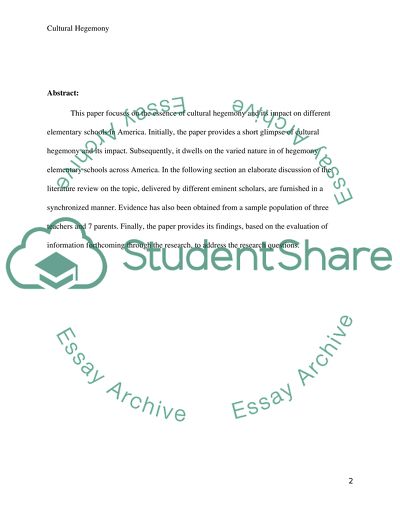Cite this document
(“Cultural Hegemony In American Elementary Schools Essay”, n.d.)
Retrieved from https://studentshare.org/sociology/1398016-cultural-hegemony-in-american-elementary-schools
Retrieved from https://studentshare.org/sociology/1398016-cultural-hegemony-in-american-elementary-schools
(Cultural Hegemony In American Elementary Schools Essay)
https://studentshare.org/sociology/1398016-cultural-hegemony-in-american-elementary-schools.
https://studentshare.org/sociology/1398016-cultural-hegemony-in-american-elementary-schools.
“Cultural Hegemony In American Elementary Schools Essay”, n.d. https://studentshare.org/sociology/1398016-cultural-hegemony-in-american-elementary-schools.


